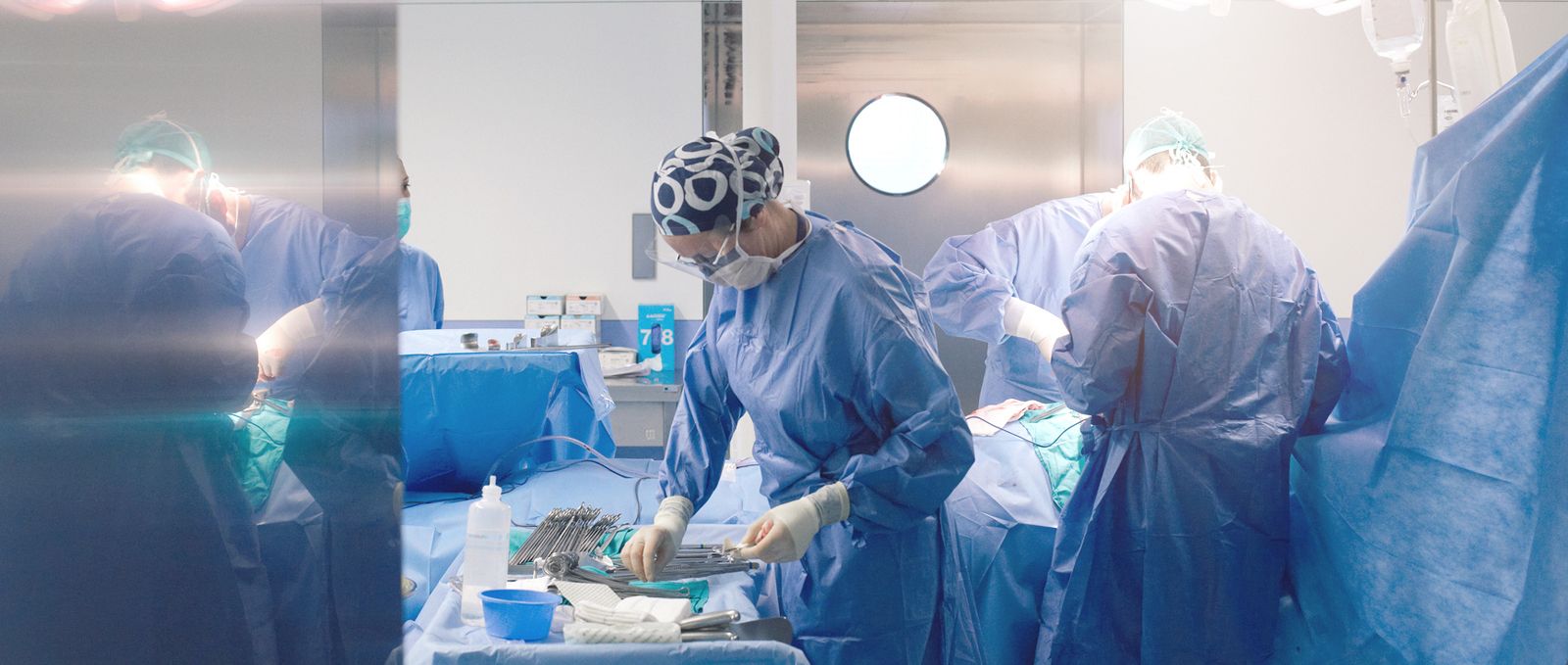The intensity of a marathon and the complexity of a timepiece
It can no longer be taken for granted that an individual hospital will continue to exist. Even if a hospital has been designated as ‘too big to fail’ or as a ‘system membership hospital ’, it’s better off keeping its future in its own hands and avoiding the need for emergency measures. More and more hospital administrators are therefore taking measures to clean up their healthcare profile and put their finances in order to ensure health in the long term and allow space for investment and innovation. Sooner or later, however, they discover that this process is similar to a marathon (in which you discover a lot about yourself) and as complex as a Swiss timepiece (turning one cog sets others in motion in opposing directions). What is an effective approach to this fundamental issue?
Both volume restriction and improvement of results are necessary
There are two major issues for a future-proof hospital to deal with: volume restriction and improvement of results. Hospitals cannot get around having to restrict volume growth and perhaps even reduce their physical size. From a societal point of view, rising healthcare costs are untenable, and the agreements made in the ‘Onderhandelaarsakkoord medisch-specialistische zorg 2019 t/m 2022’ are both concrete and compelling. At the same time, the financial result must also be tackled. Without further measures, the volume restriction will lead to a downturn in the result; and as it is, many hospitals already have unhealthily low returns in their initial position.
Necessary measures are new and complex
In terms of improving results, there are already several proven instruments available. It is important, however, to use a wide range of measures, and this increases the complexity. It is not enough to only work on reducing costs. Revenues – in particular contracts with insurers – must also be improved and the portfolio adapted to increase the emphasis on healthcare with a higher margin. Finally, it is necessary to emphasise control and reporting in order to focus on results.
Volume restriction is an even more complex issue. It’s relatively easy to simplify treatments; for example, by reducing the number of repeat consultations. A significantly more complex administrative approach is to cut the healthcare portfolio, such that certain healthcare is referred to other hospitals. The approach becomes truly comprehensive with a decision to provide less healthcare within the walls of the hospital, and instead to form a properly functioning chain with regional partners, with or without the use of e-health measures.
Volume restriction is new for many hospitals. In addition, focusing so strongly on results is an unfamiliar approach for many healthcare managers. On top of that, making choices in the healthcare portfolio is a painful process for medical specialists, with the management of an MSB (medical specialist company) in particular being faced with a large, burdensome task. In short, working towards a future-proof hospital is unmistakeably challenging.
Separate measures don’t work
Implementing a series of separate measures or projects will not produce the desired result. First of all, measures are required that will affect each other. Reducing or relocating activities in the hospital with a view to volume restriction, for example, will have immediate consequences for the financial result. In fact, from both perspectives there are choices being actively made in the same healthcare portfolio. This already demonstrates the substantive interdependence of the measures.
However, change management also requires cohesion. Various measures will have negative effects for specific stakeholders, and these cannot always be mitigated at the level of the measure itself. Only when the measures are presented as a coherent whole can it be demonstrated that the interests of all stakeholders are addressed in a balanced way.
Need for an integrated programme with msb
Therefore, the only promising route towards a future-proof hospital is to define and implement an integrated programme in which medical specialists play an active role. What are the essential features of such a programme, and in what way is it integrated? The following elements at least should be included:
- Integrated in terms of content – all aspects and measures that lead to active volume restriction and improvement in results should come within the scope.
- Integrated in terms of management – reporting and decision-making must come under the auspices of a single steering committee, made up of the Executive Board and medical specialists (generally the MSB board).
- Medically secure – Medical specialists should have a strongly mandated role in individual projects, especially where healthcare volume is concerned.
- Externally aligned – The programme should be aligned with health insurers and banks, as these types of transitions can only be accomplished collectively.
- Development-oriented – Development of existing management and other competencies is essential, and must therefore be a recognised part of the programme.
Is a future-proof hospital feasible? Yes, but only through timely, fundamental choices and with a carefully thought-out approach.





